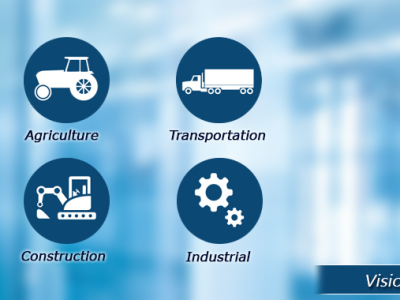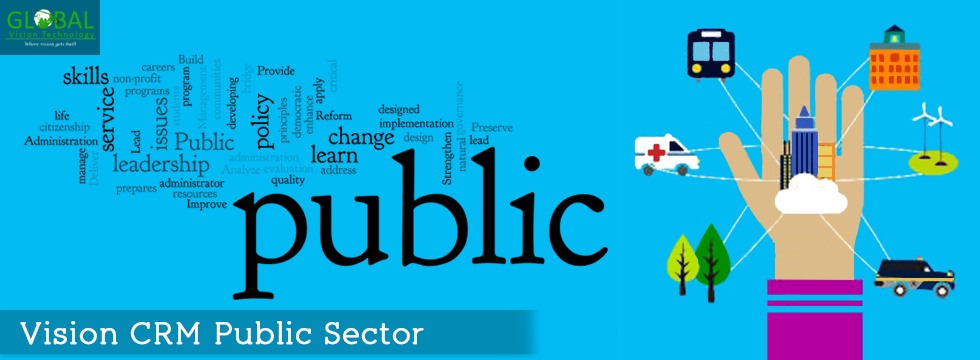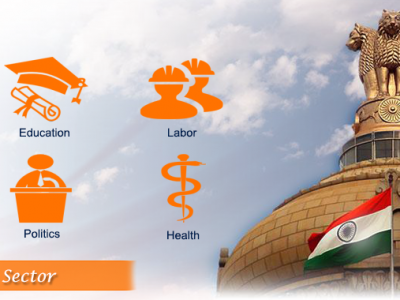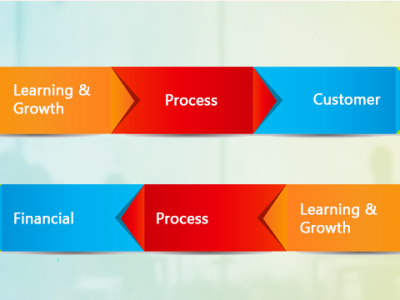
Smart CRM system for Government
CRM Public Sector offers a unique opportunity for governments to obtain a more complete picture of their citizens as “individual customers” and, by doing so, can help eliminate the need for citizens to submit redundant applications and information to apply for various government services.
Sign up to get FREE CRM Trial
In essence, CRM Public Sector allows government organisations to provide services in a much more integrated, cost effective way. Not to mention that, by shifting to online services with CRM Public Sector, governments can eliminate the need for their citizens to wait in long queues at brick-and-mortar offices.
The promise of CRM is clear-cut. However, implementing the technology effectively can come with challenges. That’s why I’ve prepared three tips, based on my conversations with customers implementing CRM Service, to help you best prepare for your own implementation.
1.Understand how your citizens want to interact with you, consume government services, and through which channels.
 One of the most frequent issues that I hear from our customers is that, after going through great effort to offer a government service online with CRM Public Sector, it’s not getting the response or use they had hoped for.
One of the most frequent issues that I hear from our customers is that, after going through great effort to offer a government service online with CRM Public Sector, it’s not getting the response or use they had hoped for.
The lesson here is to understand how your citizens prefer to interact with you and access government services.
While in some cases a citizen may want a new service, delivered via an online portal, in others, they may simply be looking for more information, made accessible via a basic website.
2.Cultural challenges: employee resistance to new technologies and customer-oriented service delivery.
 Another barrier to successful CRM Service adoption can be within your own organisation. Shifting to CRM Service can be a major cultural shift, as employees who were once used to working behind a desk, must now be actively engaged with citizens and responding to their service requests.
Another barrier to successful CRM Service adoption can be within your own organisation. Shifting to CRM Service can be a major cultural shift, as employees who were once used to working behind a desk, must now be actively engaged with citizens and responding to their service requests.
In addition, presenting employees with a new technology can be a roadblock, as employees often prefer to work with familiar tools and don’t want to have to learn yet another program.
The good news is that with Vision CRM, the solution integrates seamlessly within our suite of Office solutions. This can help dramatically reduce the learning curve for employees and can also help improve the likelihood of adoption.
3.Keeping CRM in pace with constantly changing policies.
 Government policies change all the time. In the U.K., for example, we’re currently going through the biggest welfare reforms since 1948. As a result, these types of changes can have a dramatic impact on the ongoing management and function of CRM Service. That’s why it’s important to select a CRM Solution that can adapt to policy changes without requiring a long and complicated redevelopment or coding process.
Government policies change all the time. In the U.K., for example, we’re currently going through the biggest welfare reforms since 1948. As a result, these types of changes can have a dramatic impact on the ongoing management and function of CRM Service. That’s why it’s important to select a CRM Solution that can adapt to policy changes without requiring a long and complicated redevelopment or coding process.
A key feature of Dynamics CRM is that it enables governments to quickly put policy changes into action, and can do this in a much more automated fashion, eliminating the need for a system integrator to manually develop a new business rule or process change for the entire system.
To find out more about CRM Public Sector, click here![]() to conduct a free call.
to conduct a free call.



